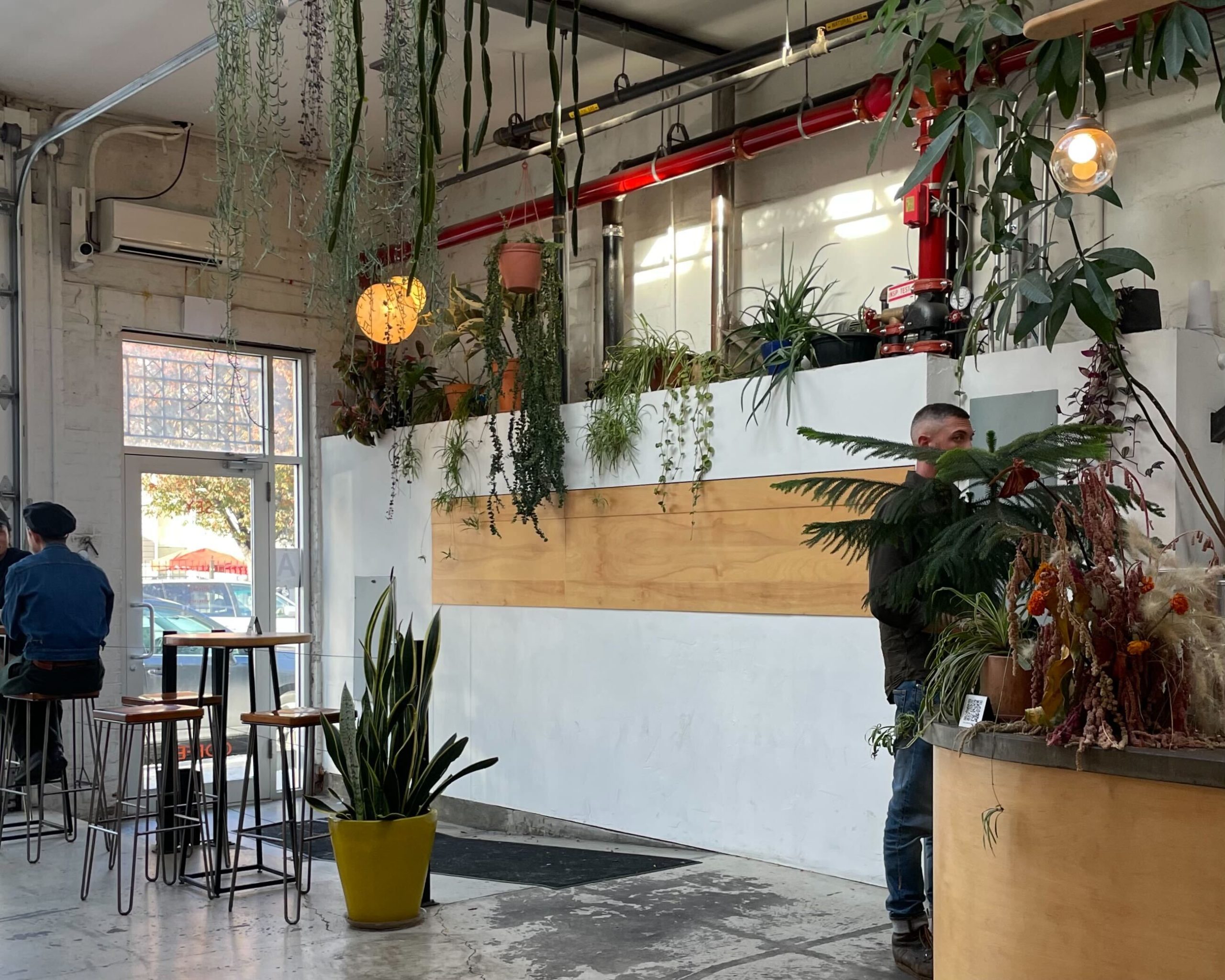How baristas really feel about tip-free service

In the Summer of 2022, an idealistic coffee shop — aptly named Principles — opened in Gowanus. This shop serves up specialty coffee and vegan baked goods in a bike-friendly storefront, all without the expectation of tipping. Principles is the second of two gratuity-free coffee shops in Brooklyn, along with East Williamsburg’s hustling and bustling staple, Sey, which opened in 2017. Underlying these coffee shops’ tipless service models are high morals, but for the baristas behind the counter, the matter is more complicated.
Until recently, Principles was a one-person operation, but owner Katie Bishop just hired her first employee. As she reflected on past experiences in service, Katie grew uncomfortable with the reality that service industry workers have long been reliant on variable tips from customers, rather than on a consistent wage provided by their employers. For Katie, tipping has many drawbacks, not least of which is the emphasis tipping places on performance and the ways it over-privileges customer opinion. Service industry workers like Katie feel they “[have] to jump through hoops for a customer that may or may not tip you based only on your service.” “It feels wrong,” she says. “I don’t like my pay to be dictated by the whims of [customers].” Katie told me she has priced Principles’ menu items accordingly, which enables her to stock the products of her choice, afford the fair wages she wants to pay staff, and avoid the negative connotations of tipping.
The financial landscape for tipped workers has become increasingly fraught in the wake of widespread changes to the service industry during the COVID-19 pandemic, and amid the inflation that has followed on its heels. Many restaurants in New York City that have tried to operate gratuity-free in recent years have now returned to tip-based service. Under a gratuity-free model, the value of service is skewed for both employees and customers—and turns both of them off.